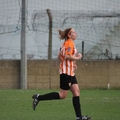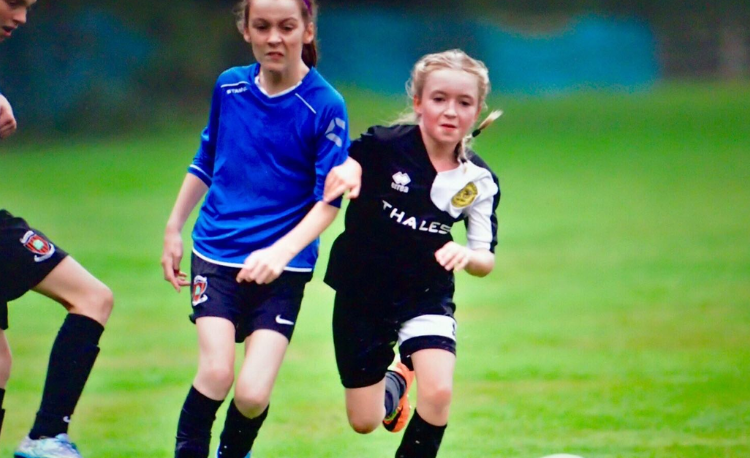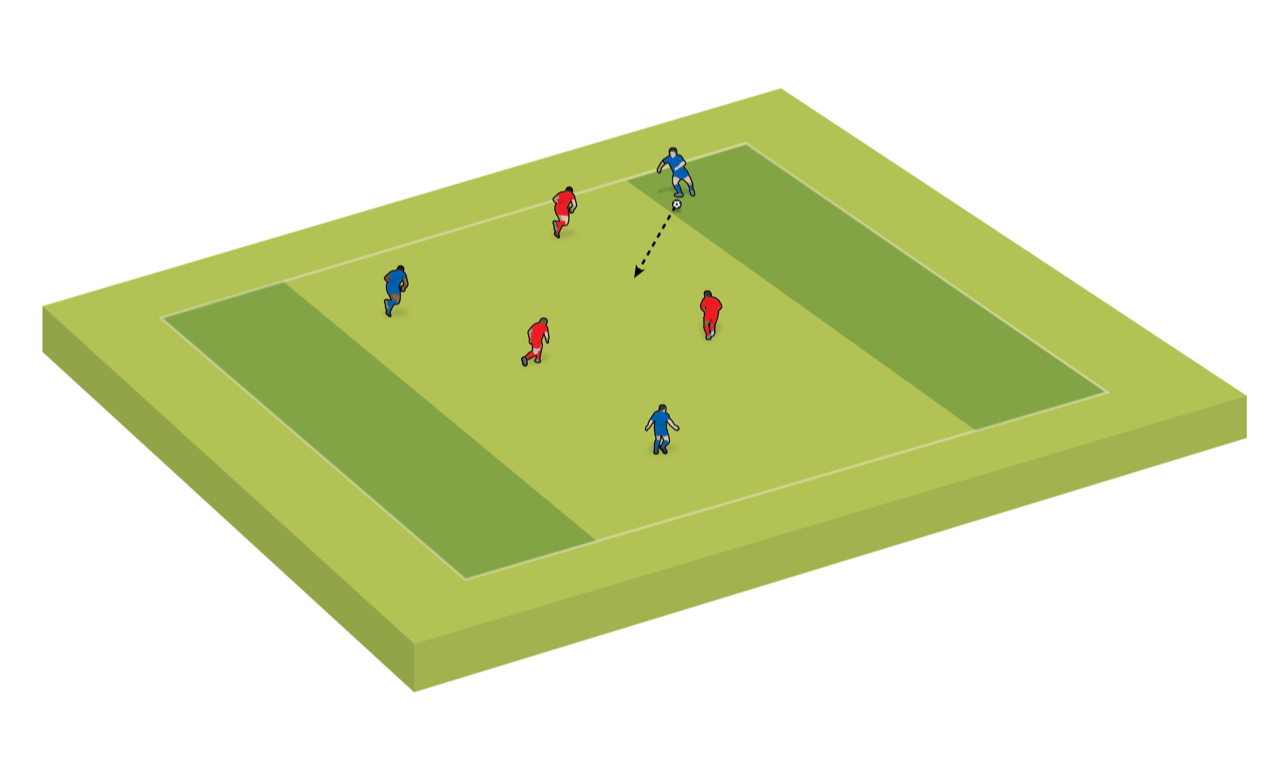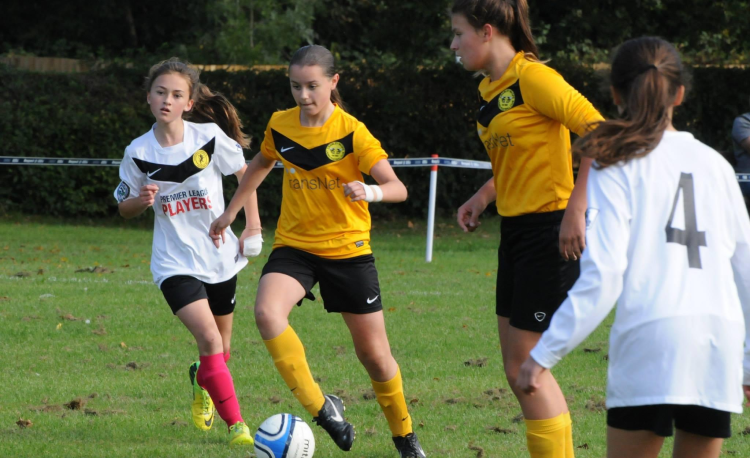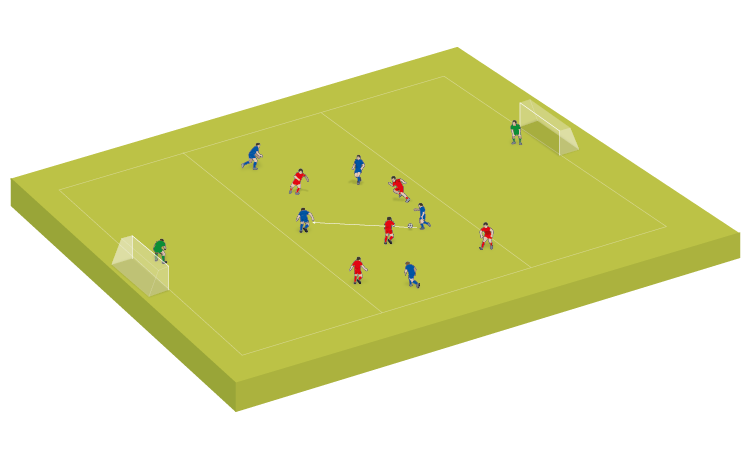World at their feet
HANNAH DUNCAN on the benefits of incorporating ’keepers into your sessions
While coaching recently, I overheard a couple of other coaches discussing an under-nines goalkeeper and whether he would be good enough to progress to the higher development group.
A big part of the conversation revolved around how tall his parents are. This is not an unusual conversation, particularly within professional clubs, but it struck a chord with me.
Height is obviously a big factor for goalkeepers as they grow up and progress within the game, and the respective heights of their parents will clearly give a good indication of what the future holds for the child.
But it also highlights how vital it is for players to not be given labels at a young age.
The player enjoys playing in goal now and is clearly talented for his age. But what if he is never destined to reach six-foot-plus? By labelling him as a goalkeeper now, he could be missing out on vital development time with the ball at his feet.
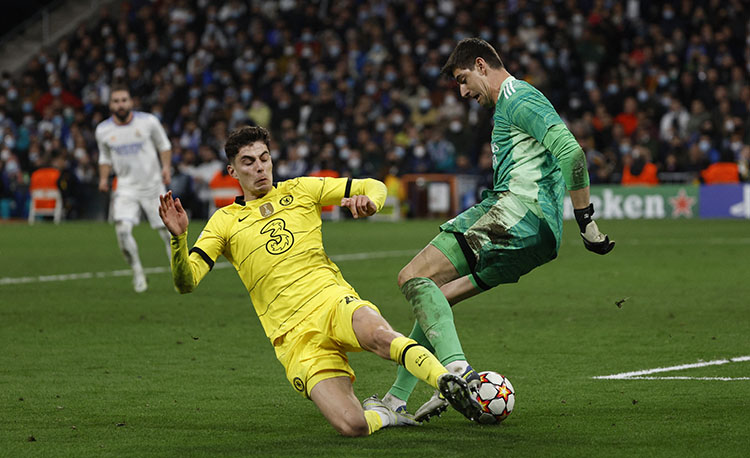
For the modern goalkeeper, it is important they are competent with their feet. A great example of this could be seen in the recent Uefa Champions League tie between Chelsea and Real Madrid.
In the first leg, Edouard Mendy’s poor distribution cost Chelsea a goal at a crucial time while, in the return fixture, Thibaut Courtois was confident and capable of performing a Cruyff turn within his own penalty box, as Kai Havertz charged full-speed towards him.
When I am coaching, I always try to ensure that, if I have a goalkeeper, they are part of at least some of the main session.
"By labelling him as a goalkeeper now, he could be missing vital development time..."
As well as developing the skills and confidence required from a goalkeeping perspective, it also ensures a young player is developing more holistically, in case they end up not playing in goal further down the line.
There are numerous ways to incorporate your goalkeeper - whether just playing them as a normal player within the practice, or designing your session to involve them. But ensure there are elements relevant to their specific developmental needs.
For example, it could be that in a possession practice, players can chip the ball into the goalkeepers’ hands, as well as passing to their feet - or perhaps goalkeepers are allowed to pick the ball up and roll it to a teammate to help sharpen their distribution.
Alternatively, in a phase of play practice or even a positional rondo, the goalkeeper could take up a position relevant to a matchday scenario – such as at the bottom of a rondo square, with a mini goal behind them that defenders can score in upon winning possession.
This way, they are seeing a similar picture around them to that which they would experience during a game.
If your club is fortunate enough to have dedicated goalkeeper coaches, it is certainly great for young ‘keepers to have specific sessions with them – after all, they could be the next Mendy or Courtois.
But try not to pigeonhole them too soon. Experience of different positions and different scenarios will help their overall development, while also ensuring you are giving them every opportunity to have the ability and confidence to perform a Cruyff turn in their own penalty box in the Champions League quarter-final.
Related Files
Newsletter Sign Up
Coaches Testimonials

Gerald Kearney, Downtown Las Vegas Soccer Club

Paul Butler, Florida, USA

Rick Shields, Springboro, USA

Tony Green, Pierrefonds Titans, Quebec, Canada
Subscribe Today
Discover the simple way to become a more effective, more successful soccer coach
In a recent survey 89% of subscribers said Soccer Coach Weekly makes them more confident, 91% said Soccer Coach Weekly makes them a more effective coach and 93% said Soccer Coach Weekly makes them more inspired.
*includes 3 coaching manuals
Get Weekly Inspiration
All the latest techniques and approaches
Soccer Coach Weekly offers proven and easy to use soccer drills, coaching sessions, practice plans, small-sided games, warm-ups, training tips and advice.
We've been at the cutting edge of soccer coaching since we launched in 2007, creating resources for the grassroots youth coach, following best practice from around the world and insights from the professional game.
